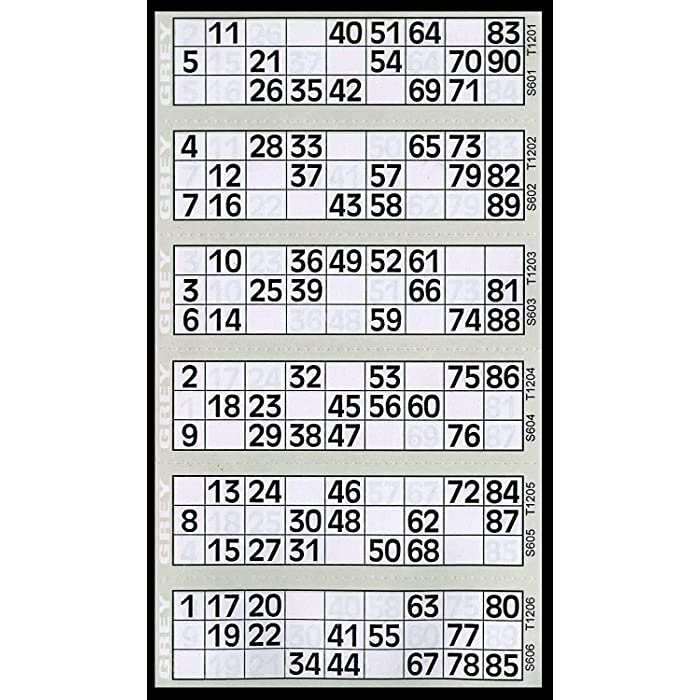When Bingo first started, it was in the form of a national lottery. That was back in Italy, where citizens referred to this enthralling game as Lo Giuoco Lotto Italia. According to historical records, this was in the 16th century, just after Italy was unified. The game was a hit, and players looked forward to the weekly sessions, after which some of them would walk away with fantastic lump sums.
You might think that the Lo Giuoco Lotto Italia was a far cry from the Bingo we play today. But that is not the case. It featured cards with rows on which players would mark their numbers. At the end of the game, a caller would pull out the winning numbers from a sack! The game was so popular that by the 18th century, it had made its way to France, where they renamed it Le Lotto.
Of course, when the game crossed borders, some changes occurred. The French modified the cards to feature three rows, nine of which were vertical. Does this ring a bell? It might, as this is what the 90-ball bingo card looks like today. We have the French to thank for that! And in the 19th century, the Germans gave this game a twist. Rather than use it to mint money, the Germans also took the game to school. The reason? – to teach children adjectives, numbers, and everything in between. Quite a genius turn of events.
BINGO IN THE UK
It’s no secret that Bingo is a popular game in the UK. But how did this come to be? When Bingo made its way to Germany, it also warmed its way into the hearts of people in the UK. And they loved it so much that they invented their lingo to go with the game. They refer to 25 as duck and dive and happily call 86 between the sticks. These names made the game even more fun for the players who kept at Bingo through the centuries. To date, Bingo is still a favorite in the UK.
BINGO IN THE USA
You cannot review the history of Bingo without touching on the influence of the US. Why? Well, when Bingo first started, it was known as Beano. It was not until Edwin Lowe played a game with his friend that this changed. During the game, Edwin heard the player call out ‘Bingo!’ Compared to shouting Beano, Bingo seemed like a good match for the game. So, he took the idea and ran with it, creating a game that he eagerly shared with his friends. Seeing how excited they were about the gameplay, he marketed it far and wide, selling 12 cards for $1 and 24 cards for $2. But there was a problem with the cards- too many people won in each game. So, he partnered with a math professor from the University of Columbia to solve this issue. And in so doing, he increased the number of squares on the card, creating up to 6000 different bingo cards. Imagine that!
Soon after that, a catholic priest approached Edwin, hoping to get the game for use in charity activities. That’s how the game made its way to churches. And the case was so for many decades, prompting many people to make their way to church for a fun game now and then. It was then that the game took off, making its way to other halls such that more than 10,000 bingo games took place weekly.
MODERN BINGO
Has the situation changed in the present day? Not at all – the ability to play Bingo onlinehas made it even more popular. While some people still frequent bingo halls, most have decided to wager their money online as it is more convenient. And players can now play a ton of variations if they are not up for the 90-ball game. So, if you ever want to find out what the fuss about this game is, the answer is only a tap away.


